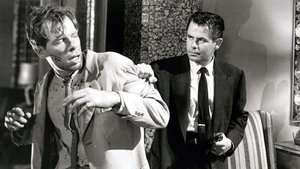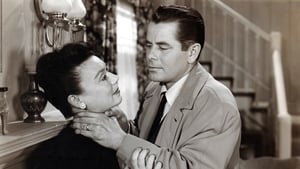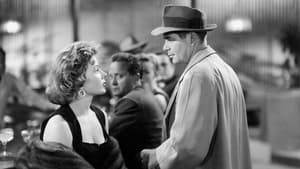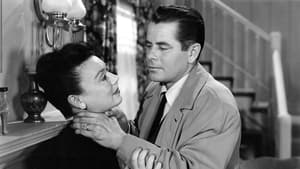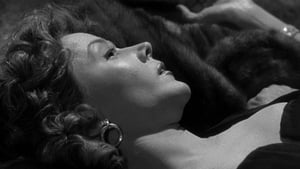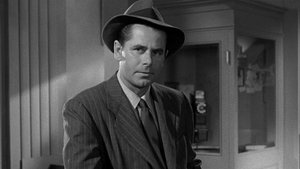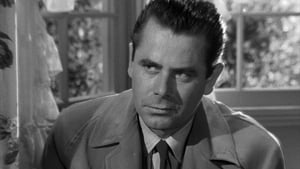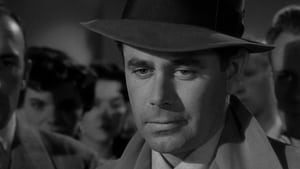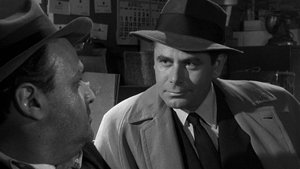Video Sources 0 Views
- Watch trailer
- The Big Heat 1953 Colorized

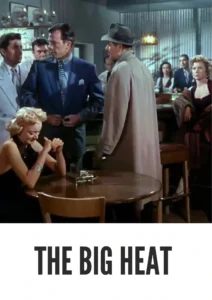
Synopsis
Table of Contents
Toggle
Immerse yourself in the dark and morally ambiguous world of The Big Heat, a gripping crime drama from 1953, now brilliantly colorized to amplify its visceral impact. Starring Glenn Ford, this film, directed by Fritz Lang, plunges you into a city festering with corruption, where one honest cop’s quest for justice ignites a brutal battle against a powerful criminal syndicate. Ideal for fans of hard-boiled detective stories and those seeking a thrilling cinematic experience, this HD download brings a timeless tale of morality and vengeance to your screen.
The Big Heat centers on Sergeant Dave Bannion (Glenn Ford), a dedicated police officer who begins to unravel a web of corruption after a fellow officer’s apparent suicide. Bannion’s unwavering investigation leads him to uncover a ruthless criminal empire controlled by the powerful Mike Lagana (Alexander Scourby).
As Bannion digs deeper, he faces increasing threats and violence, ultimately culminating in the tragic death of his wife. Consumed by grief and a thirst for revenge, Bannion resigns from the police force and embarks on a personal vendetta against Lagana and his associates. Along the way, he forms an uneasy alliance with Debby Marsh (Gloria Grahame), a moll who becomes disillusioned with the criminal life. Together, they navigate a treacherous landscape of deceit, betrayal, and brutality, seeking to expose the truth and bring down the corrupt system. The Big Heat is a relentless and unflinching portrayal of one man’s fight against overwhelming odds, showcasing the devastating consequences of corruption and the lengths to which people will go to seek justice.
The film boasts a stellar cast of actors who deliver powerful performances:
-
Glenn Ford as Sergeant Dave Bannion
-
Gloria Grahame as Debby Marsh
-
Jocelyn Brando as Katie Bannion
-
Alexander Scourby as Mike Lagana
-
Lee Marvin as Vince Stone
The Big Heat firmly resides in the crime drama genre, with strong elements of film noir, suspense, and thriller. Its gritty realism, moral ambiguity, and exploration of corruption make it a standout example of the genre.
Released in 1953, The Big Heat reflects the anxieties and moral complexities of post-World War II America. The film’s themes of corruption, violence, and the abuse of power resonated with audiences grappling with social and political changes. As a prominent example of film noir, The Big Heat showcases the genre’s characteristic dark atmosphere, cynical worldview, and morally ambiguous characters. The film’s success solidified Fritz Lang’s reputation as a master of suspense and a keen observer of the human condition.
This colorized version of The Big Heat has been meticulously restored using state-of-the-art digital techniques, enhancing the visual impact while preserving the film’s original mood of tension and suspense. The colorization process involved detailed analysis of the original black and white footage, with careful attention given to lighting, shadows, and textures. This painstaking process revitalizes the characters and settings, making the story even more compelling for modern viewers. While the decision to colorize classic films can be controversial, it offers an opportunity to introduce these films to new audiences, ensuring their longevity for generations to come.
-
: Fritz Lang
-
: Sydney Boehm
-
: the novel by William P. McGivern
-
: Charles Lang
-
: Charles Nelson
-
: Columbia Pictures Corporation
-
: Columbia Pictures
-
: 90 minutes
-
: MP4
-
: HD (1080p)
-
: Compatible with most devices, including smartphones, tablets, computers, and smart TVs.
The Big Heat (1953) is widely regarded as a film noir masterpiece, celebrated for its gripping storyline, memorable performances, and unflinching portrayal of violence and corruption. Critics have praised Fritz Lang’s direction, Glenn Ford’s compelling performance, and the film’s exploration of complex moral themes. The Big Heat remains a powerful and influential film, continuing to resonate with audiences and filmmakers alike.
-
: What is The Big Heat about?
-
A: The Big Heat is a crime drama about a police officer who takes on a corrupt criminal empire after his wife is killed.
-
-
: Is The Big Heat (1953) a well-known film noir?
-
A: Yes, The Big Heat is considered a classic example of film noir, known for its dark atmosphere, moral ambiguity, and suspenseful plot.
-
-
: Is this version of The Big Heat colorized?
-
A: Yes, this version has been professionally colorized to enhance the viewing experience.
-
-
: What makes The Big Heat a significant film?
-
A: The Big Heat is significant for its exploration of corruption, violence, and the abuse of power, as well as its strong performances and direction.
-
-
: What is the download format?
-
A: The download format is MP4, which is compatible with most devices.
-
-
: What resolution is the download?
-
A: The resolution is HD (1080p), providing a high-quality viewing experience.
-
Experience The Big Heat Today!

